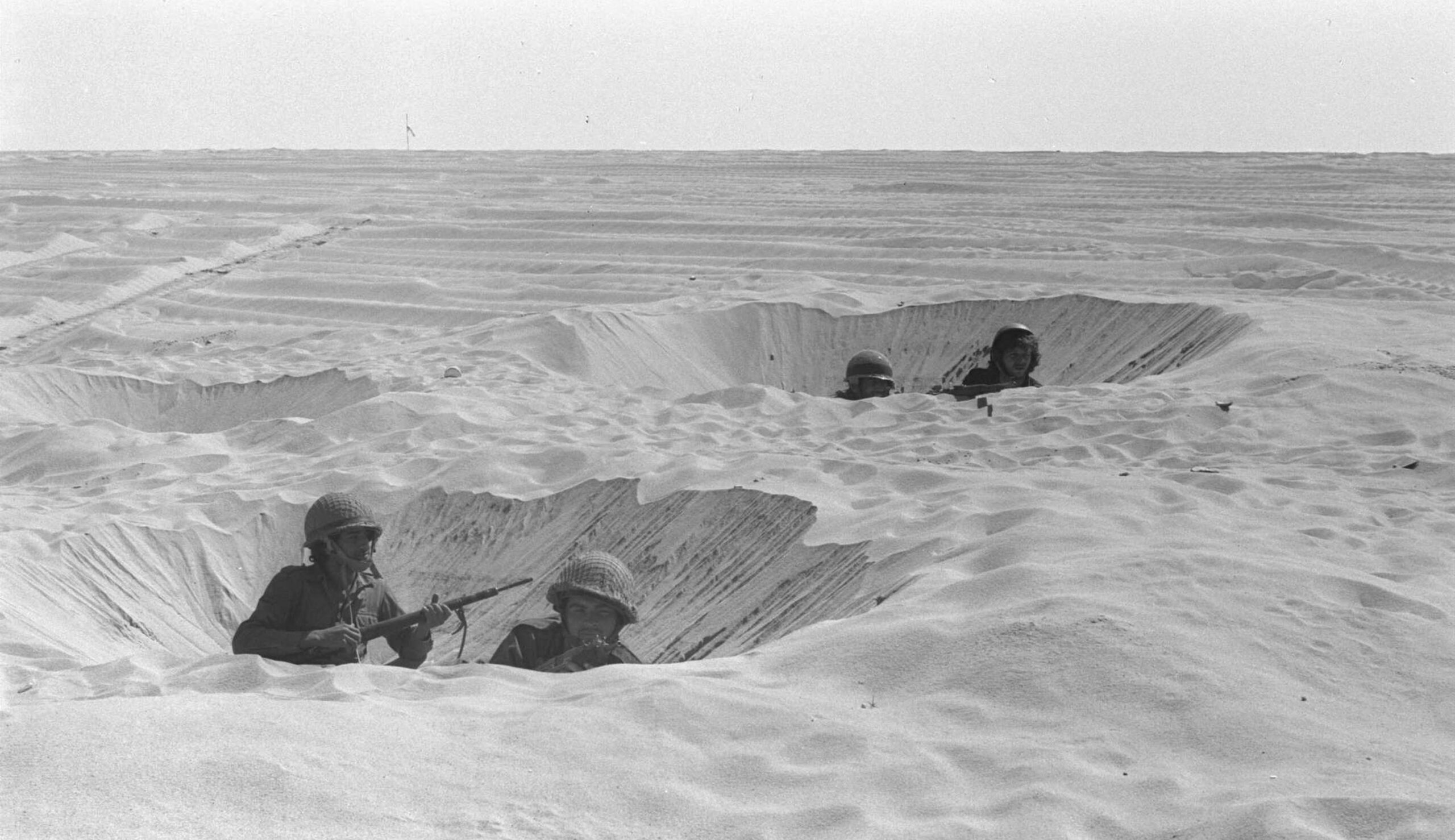Yesterday, the head of the Shin Bet—Israel’s internal security service—was in Washington meeting with officials from the State Department, CIA, and the White House itself. Among the topics no doubt discussed are rising tensions with Iran and the possibility that the latter, in order to defend its nuclear program, will instruct its network of proxies in Gaza, the West Bank, Lebanon, Syria, and even Iraq and Yemen to attack the Jewish state. Oved Lobel explores the history of this network, which, he argues, predates Iran’s Islamic Revolution—when Shiite radicals in Lebanon coordinated with Ayatollah Ruhollah Khomeini’s movement in Iran:
An inextricably linked Iran-Syria-Palestinian axis has actually been in existence since the early 1970s, with Lebanon the geographical fulcrum of the relationship and Damascus serving as the primary operational headquarters. Lebanon, from the 1980s until 2005, was under the direct military control of Syria, which itself slowly transformed from an ally to a client of Iran’s Islamic Revolutionary Guard Corps (IRGC) following the collapse of the Soviet Union. The nexus among Damascus, Beirut, and the Palestinian territories should therefore always have been viewed as one front, both geographically and operationally. It’s clear that the multifront-war strategy was already in operation during the first intifada years, from 1987 to 1993.
[An] Iranian-organized conference in 1991, the first of many, . . . established the “Damascus 10”—an alliance of ten Palestinian factions that rejected any peace process with Israel. According to the former Hamas spokesperson and senior official Ibrahim Ghosheh, he spoke to then-Hizballah Secretary-General Abbas al-Musawi at the conference and coordinated Hizballah attacks from Lebanon in support of the intifada. Further important meetings between Hamas and the Iranian regime were held in 1999 and 2000, while the IRGC constantly met with its agents in Damascus to encourage coordinated attacks on Israel.
For some reason, Hizballah’s guerilla war against Israel in Lebanon in the 1980s and 1990s was, and often still is, viewed as a separate phenomenon from the first intifada, when they were in fact two fronts in the same battle.
Israel opted for a perilous unconditional withdrawal from Lebanon in May 2000, which Hamas’s Ghosheh asserts was a “direct factor” in precipitating the start of the second intifada later that same year.
Read more at Australia/Israel Review
More about: First intifada, Hizballah, Iran, Palestinian terror, Second Intifada


